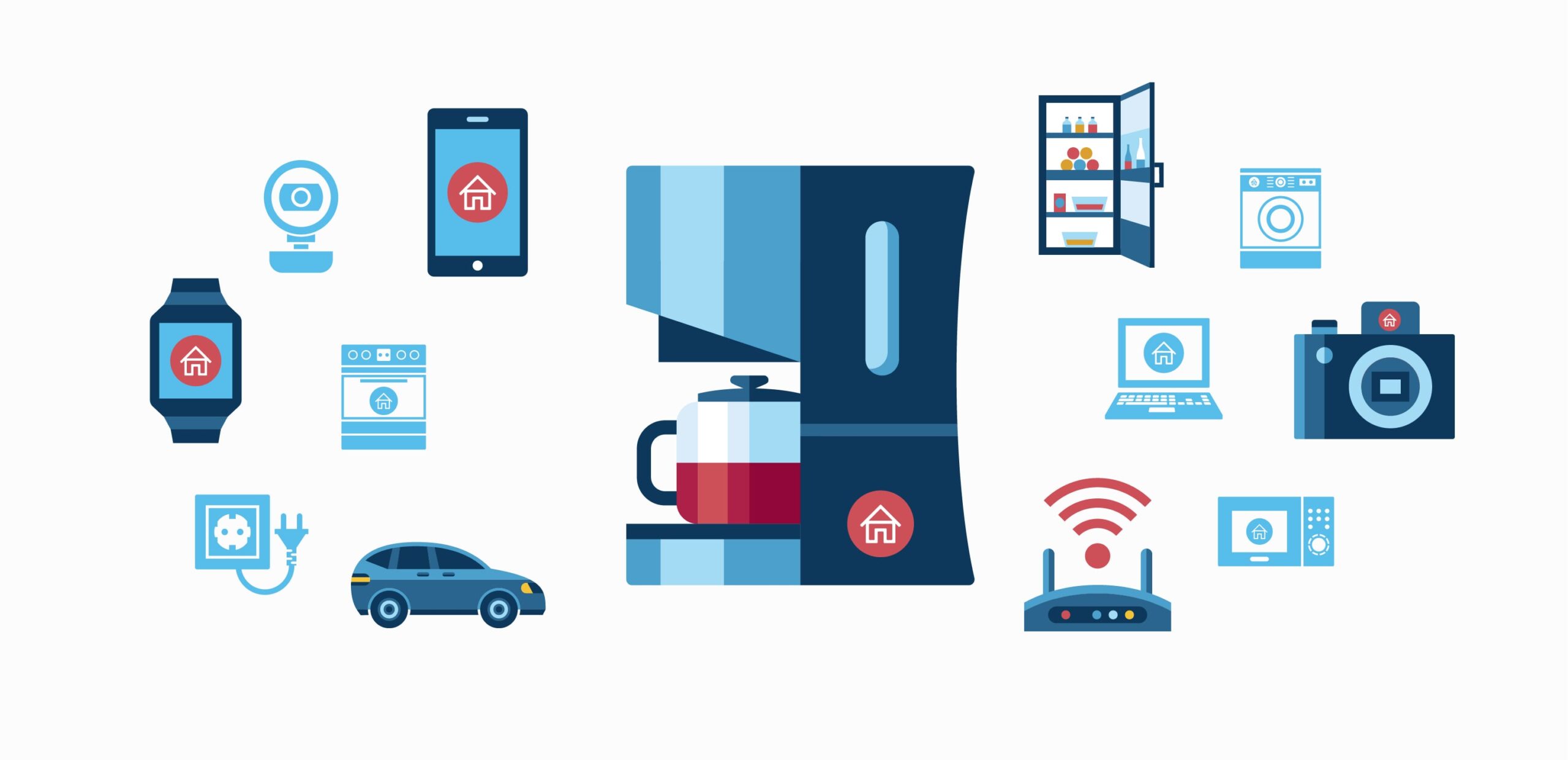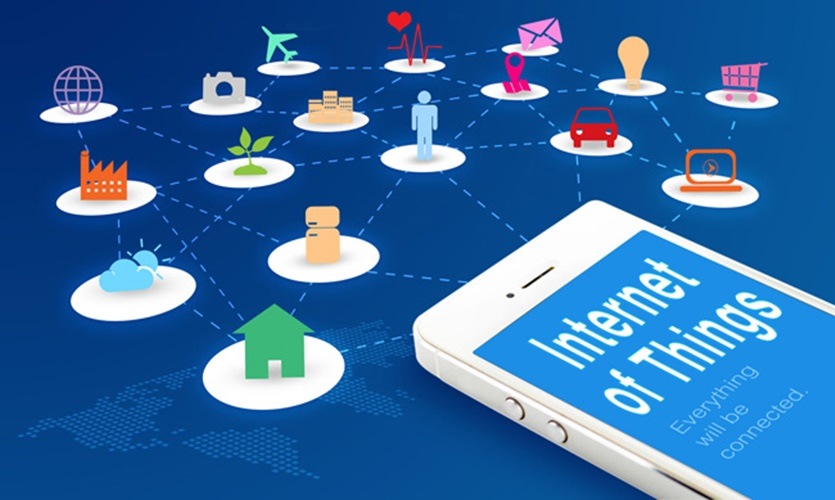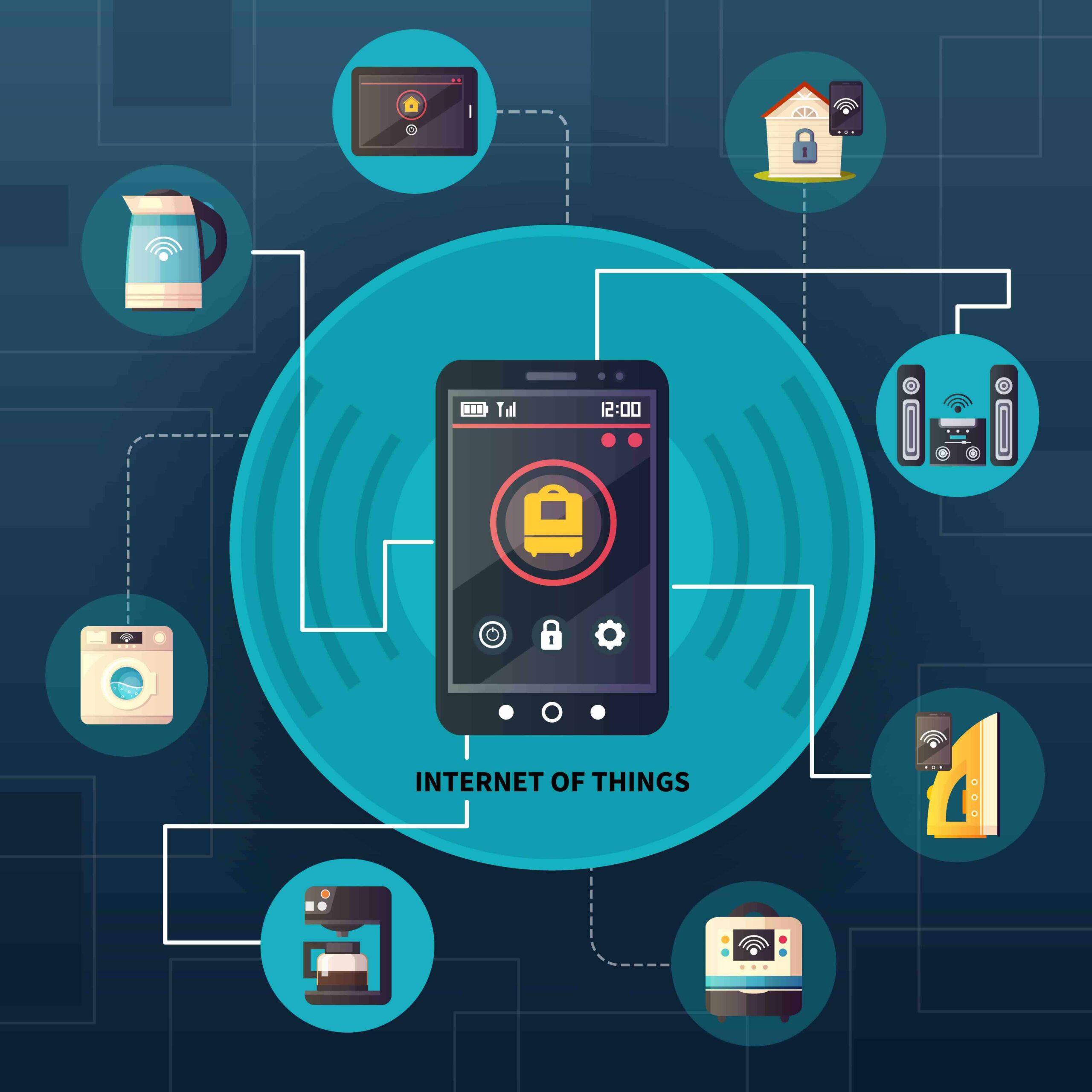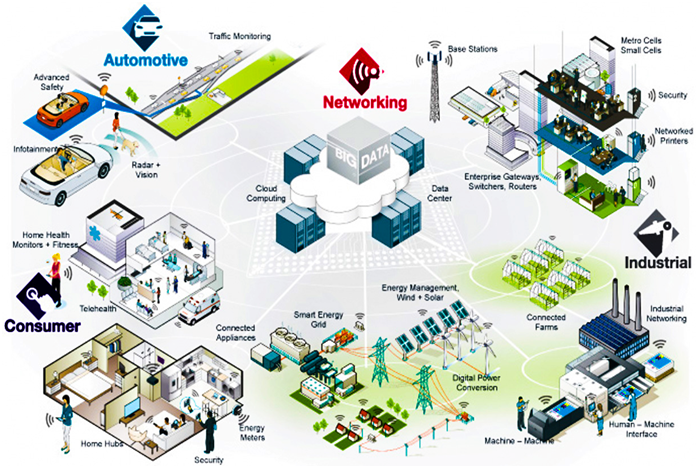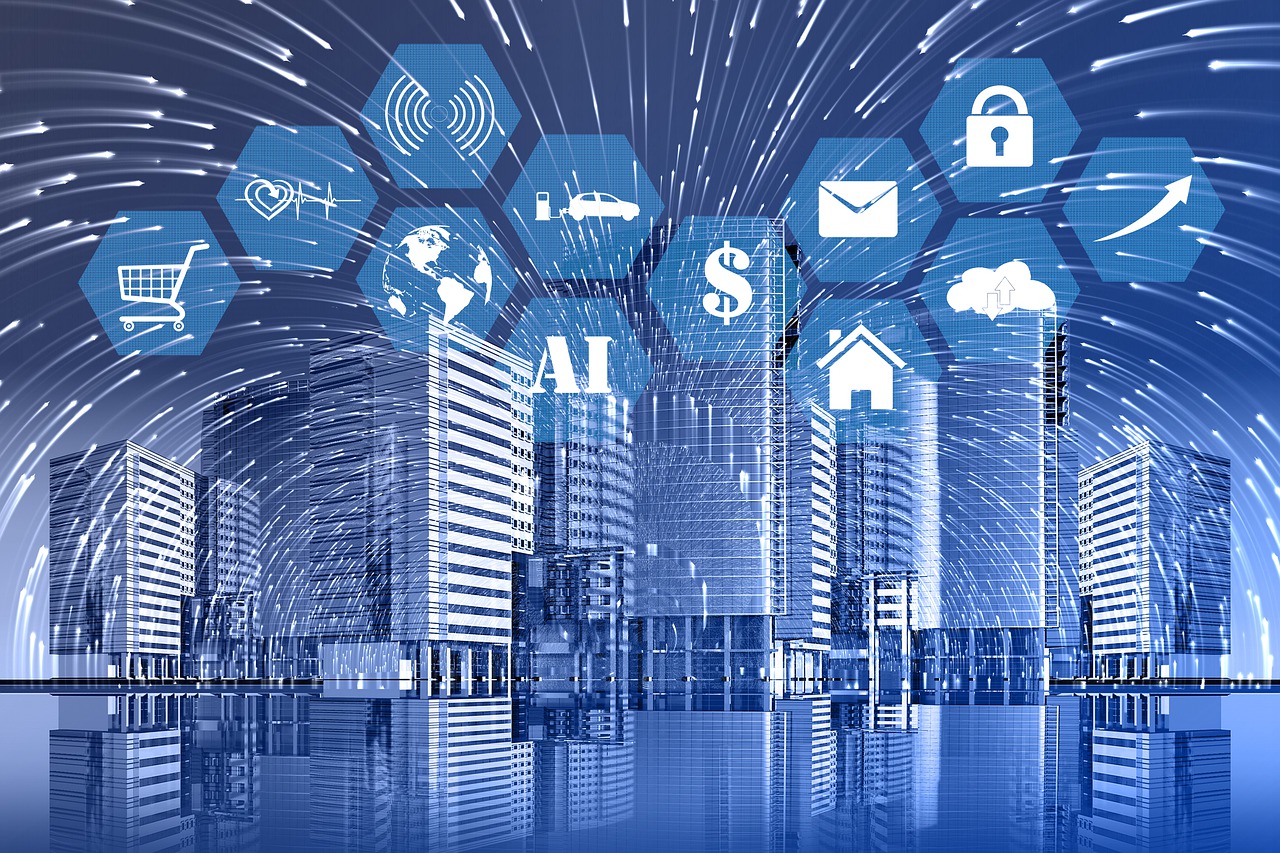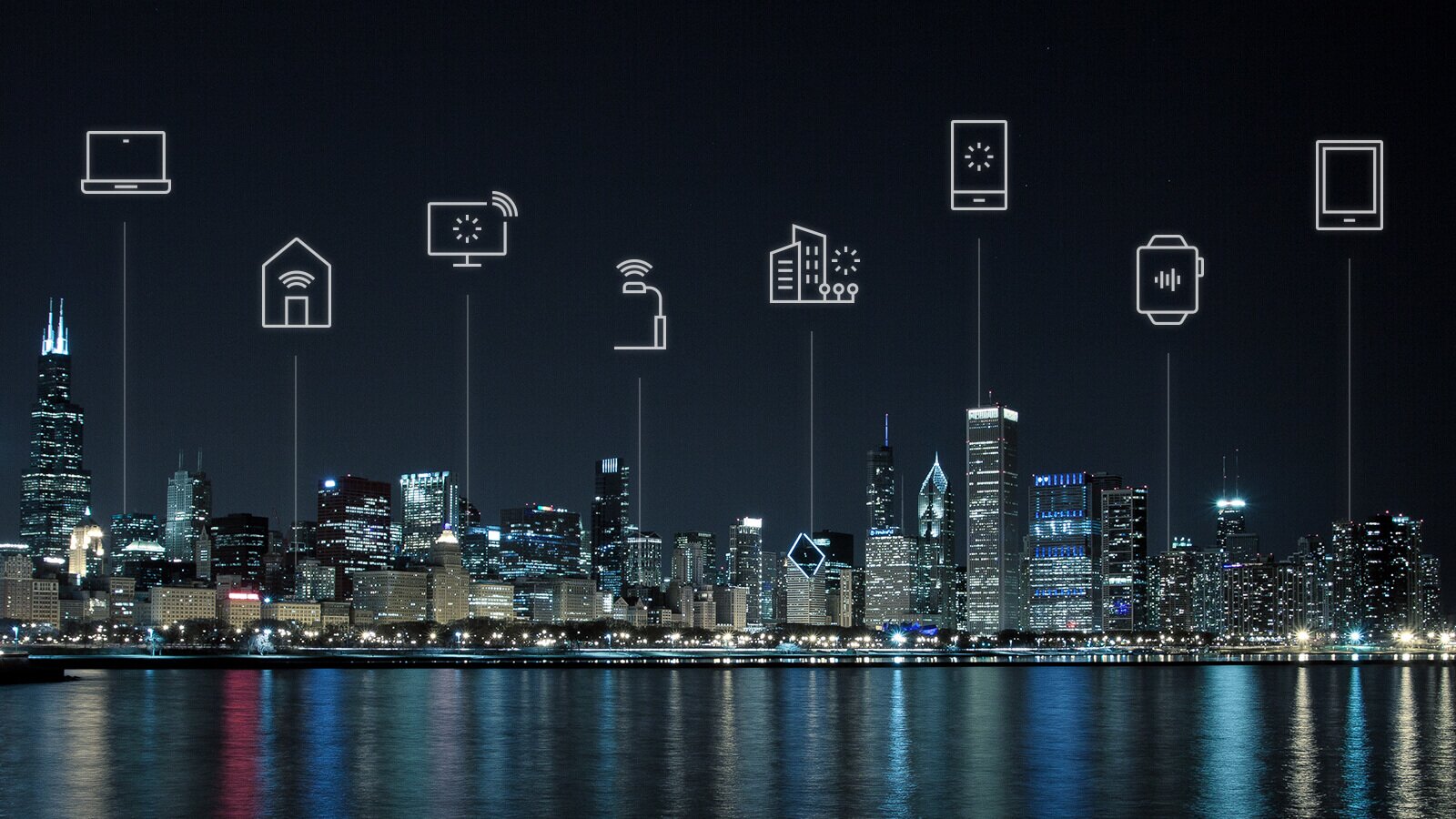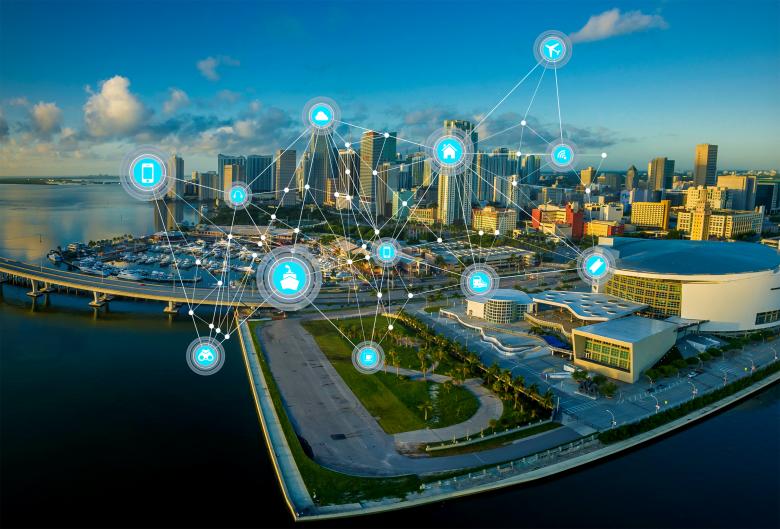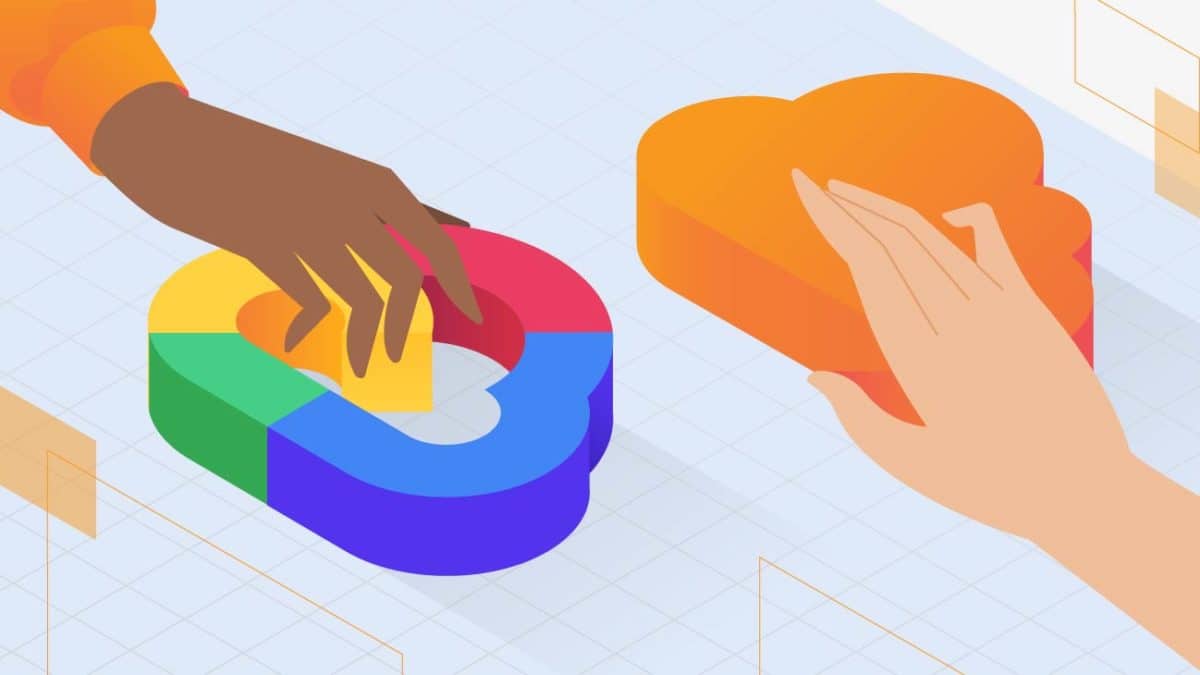What is Consumer IoT?
Consumer Internet of Things (Consumer IoT) is the integration of IoT into regular consumer applications and devices. The Internet of Things (IoT) is quite a vast phenomenon, quickly changing how people live and interact with their surroundings without us even realizing its full impact.
This article will comprehensively outline what consumer IoT is and its crucial role in developing a smart world.
How does it differ from Industrial IoT?
The Consumer Internet of Things sector serves a wider variety of tech and applications than you’ll witness in industrial IoT. Examples include smartphones, smart home products, and some wearable devices like smartwatches.
IoT has been more inclined to serve consumers individually.
Larger investments are getting made to fuel the development of Industrial Internet of Things applications: IoT’s integration with different industries, including healthcare, manufacturing, and agricultural markets.
The Same Difference
People often reference the term IoT plainly, regardless of whether it’s industrial IoT or consumer IoT. An exciting reality is emerging from the two-way use of some IoT applications for both consumers and Industrial IoT. Use cases of IoT applications and devices designed for consumers are quite diverse.
Some consumer applications of IoT can also address business goals and, contrariwise:
IoT Use Cases: A Practical Illustration
Some IoT use cases need to emerge relevant to both consumer and industrial markets. IoT use cases are the goals for which the IoT application gets developed. Here’s an overview of the market distribution.
Cross-industry IoT use Cases
An example of a cross-industry IoT use case is the application of IoT in asset tracking and monitoring. In this situation, a consumer would consider asset tracking to monitor their valuable belongings or pets.
Whereas in factories, mining firms, or smart cities, IoT applications track essential business assets, fleets, and equipment. Even if the motives for implementation vary, the use-case serves the same purpose.
Also, a consumer is unlikely to combine IoT asset tracking with IoT equipment monitoring for maintenance, or use sensors to analyze environmental conditions as applied in real-time air quality monitoring for an innovative smart-city application.
Top Consumer IoT Applications
Here’s a quick perusal of a comprehensive list of some top-rated consumer applications of IoT and consumer devices:
Home Security and Smart Homes
Smart home security is soaring, with significant consumer IoT applications emerging and becoming more patent. For instance, you can now prevent home invasions and unauthorized entries by using IoT devices to secure your property and alert you should anything unusual occur. Home security is amongst the many highlights of intelligent homes and integrations of IoT-connected devices with household appliances.
Other consumer IoT examples propelling smart homes include temperature control, smart entertainment systems, lighting, and locks, to name a few. One significant consumer IoT example contributing to smart homes is Amazon’s Echo, a Bluetooth speaker powered by amazon’s voice assistant, Alexa: which directly integrates with several smart home devices.
Asset Tracking–Monitoring Personal Valuables
Consumer IoT makes it easier for people to keep track of personal assets. You can even track pets and animals using GPS monitoring systems. Pet owners easily monitor the whereabouts of their pets, in case they wander off. Asset tracking IoT applications enable the tracking of anything. You easily maintain coverage over vast areas, so long IoT connections are available for low-power wide-area networks (LPWAN).
Smart Healthcare
Personal wearables play major roles in monitoring body conditions. Consumer IoT applications have improved personal healthcare by introducing wearable IoT-connected devices that transmit data to people’s doctors, loved ones, or kin. The Consumer Internet of Things is growing tremendously with increased demand for the development of personal healthcare IoT devices. Their use is also emerging as common practice in various sports.
Doctors now also leverage them to stay engaged with clients’ needs and their health. Many consumer IoT devices can now monitor your sleep, heart rate, blood sugar, and other variables. Imagine this, The Hexoskin; a smart Garment that has textile sensors embedded into comfortable fabrics to take a precise reading of consumer’s respiratory, cardiac, and critical body activities. Data gets presented and reported using a Hexoskin IoT Connected Health Platform.
Wearables: Industrial-Consumer Overlapping
With their popularity growing beyond fitness trackers and smartwatches, wearables are changing people’s lives; how they work, interact, and maintain high performance. Ongoing research is propagating the development of next-generation smart wearables which depend less on smartphones to be helpful.
Although most wearables on the market are consumer electronics, they are also commonly used to maintain safety and protect industry and factory workers. Meaning they are also effective and helpful in the Industrial Internet of Things.
Consumer IoT, Wireless Devices, and Remote Applications
Remote control devices have a seamlessly minimal range of effectiveness. Which requires physical presence within maximum range limits. Consumer IoT has eliminated all constraints upheld by distance. People can operate the connected personal IoT device from anywhere.
Consumer Internet of Things is giving people complete flexibility when going about their lives and it’s also improving personal safety; you can remotely shut down certain equipment and appliances in time of any accidents. It’s also proving to be very helpful in energy conservation.
Consumer IoT and Personal Security
Despite IoT having many industrial initiatives; Security remains a major concern in IoT. Especially with the rapid development of the consumer Internet of Things, enabling unlimited capacity to connect multiple devices to IoT networks.
Before making any purchase as an IoT consumer; research the right applications by reputable developers. This will help you purchase relevant, helpful solutions and devices. Consumers seamlessly lack adequate awareness regarding the risks of having IoT-connected personal devices. Equip yourself with updated IoT security information and choose relevant IoT solutions for use with necessary devices.
The Future of Consumer IoT Devices
Statista reports that 75.44 billion devices will have global connections by 2025. The latest technologies like the 5G network are fueling excessive growth for IoT; Faster network connections will expand the operational capabilities of IoT-connected devices. Eliminating any limitations between reality and the digital world.
Let’s note that IoT serves not only consumers.
Cities and companies are increasingly employing IoT technologies to save on time and avoidable expenses by automating things such as traffic management using IoT data collection and video footage.

